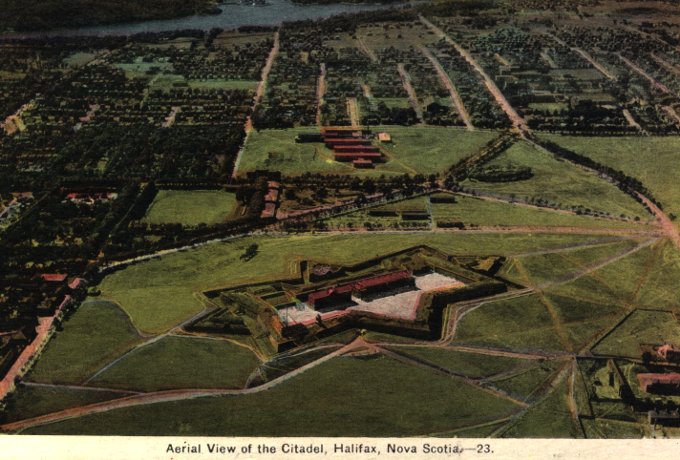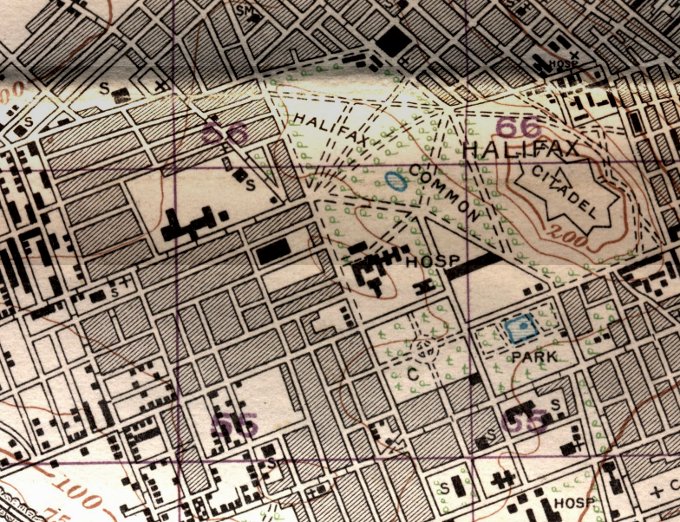Battle Honours - Theatre, Battle, Action, Engagement
Topic: Battle Honours
 Not all Battle Honours are equal in terms of the scale of action for which they were awarded. Some cover vast expanses of terrain and months or years of warfare, while others are defined by single dates and very restrictive geographical boundaries. When we look at the list of honours awarded to a regiment we may find Battle Honours that range from Theatre Honours to Separate Actions or Engagements.
Not all Battle Honours are equal in terms of the scale of action for which they were awarded. Some cover vast expanses of terrain and months or years of warfare, while others are defined by single dates and very restrictive geographical boundaries. When we look at the list of honours awarded to a regiment we may find Battle Honours that range from Theatre Honours to Separate Actions or Engagements.
The Conditions of Award of Battle Honours for The Great War 1914-1919 present Battle Honours with the following hierarchy:
- Theatre (e.g., FRANCE AND FLANDERS)
- Then, with each theatre there are Operations, consisting of:
- Battles (e.g., BATTLE OF HILL 70)
- Tactical Incidents Included (within named battles) (e.g., CAPTURE OF REGINA TRENCH)
- Actions (e.g., CAPTURE OF MONS)
The Conditions governing the award of Battle Honours to regiments of the Canadian Army for Second World War Battle Honours sets out Battle Honours by the following system:
- Theatre (e.g., NORTHWEST EUROPE)
- Battle (e.g., LANDING IN SICILY)
- Included Action (e.g., FALAISE ROAD)
- Included Engagement (e.g., CARPIQUET)
- Separate Action (e.g., ORTONA)
- Separate Engagement (e.g., APELDOORN)
Both Theatre and Battle Honours may include year dates. In the case of theatre honours, these will be the year or years during which the unit fought within that theatre, these dates will be hyphenated to indicate a continuous period of operations. In the case of Battle Honours, where the Battle Honour name recurs on different years, the year dates will indicate each year the unit received that named Battle Honour, these dates will be separated by commas, indicating multiple awards. For example, the Battle Honours of The Royal Canadian Regiment are:
"Detroit, Niagara, Defence of Canada – 1812-1815, Saskatchewan, North West Canada 1885, Paardeberg, South Africa 1899-1900, Ypres, 1915, '17, Gravenstafel, St Julien, Festubert, 1915, Mount Sorrel, Somme, 1916, Pozieres, Flers-Courcelette, Ancre Heights, Arras, 1917, '18, Vimy, 1917, Arleux, Scarpe, 1917, '18, Hill 70, Passchendaele, Amiens, Drocourt-Queant, Hindenburg Line, Canal Du Nord, Cambrai 1918, Pursuit To Mons, France and Flanders, 1915-18, Landing In Sicily, Valguarnera, Agira, Adrano, Regalbuto, Sicily, 1943, Landing at Reggio, Motta Montecorvino, Campobasso, Torella, San Leonardo, The Gully, Ortona, Cassino II, Gustav Line, Liri Valley, Hitler Line, Gothic Line, Lamone Crossing, Misano Ridge, Rimini Line, San Martino - San Lorenzo, Pisciatello, Fosso Vecchio, Italy 1943-45, Apeldoorn, North-West Europe, 1945, Korea, 1951-1953"
This regimental list of Battle Honours includes:
- 9 Theatre Honours
- 33 Battles
- 3 Included Actions
- 1 Included Engagements
- 8 Separate Actions
- 6 Separate Engagements
The majority of the Actions and Engagements (both Separate and Included) come from the Regiment's Second World War Honours, a trend which reflects the more open battlefields of that war and the higher potential for limited engagements compared to the First World War.
Examples of the multi-year theatre Battle Honours shown are:
- SOUTH AFRICA, 1899-1900; for continuous operations in the theatre from 1899 to 1900.
- FRANCE AND FLANDERS, 1915-18; for continuous operations in the theatre from 1915 to 1918.
- ITALY, 1943-45; for continuous operations in the theatre from 1943 to 1945.
Examples of multiple awards of Battle Honours with the same location name are:
- YPRES. 1915, '17; for award of the two Battle Honours, YPRES, 1915, and YPRES, 1917.
- ARRAS, 1917, '18; for award of the two Battle Honours, ARRAS, 1917, and ARRAS, 1918.
- SCARPE, 1917, '18; for award of the two Battle Honours, SCARPE, 1917, and SCARPE, 1918.
When we consider that Battles, Actions, and Engagements are inclusive to the applicable Theatre Honours, and that a regiment may have received honours for both a Battle as well as included Actions and/or Engagements, we start to see that a list of regimental honours is not a simple chronology of places and dates for combat actions. Within that seemingly simplistic list, there is a layering of periods of combat, some with their own designations for honours and many without, that still need to be unraveled to fully understand the roles and contributions of that regiment and its soldiers.

Posted by regimentalrogue
at 12:01 AM EST
Updated: Thursday, 21 February 2013 2:09 PM EST
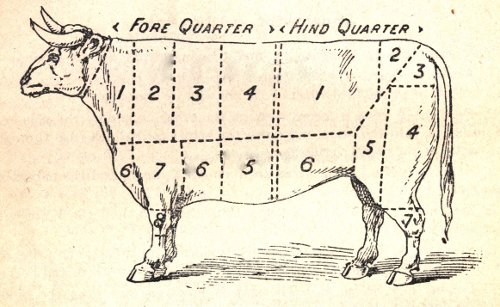
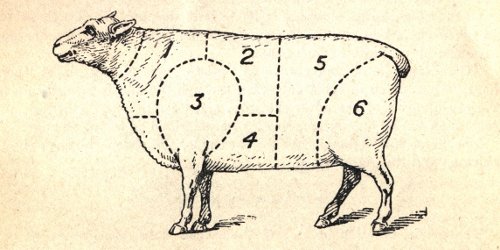


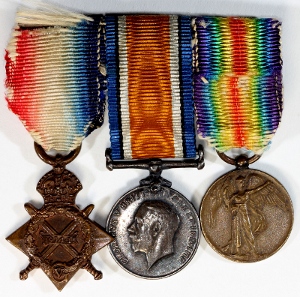 We can also most likely expect to see the recurrence of another trend that has followed major commemorations of Canada's wars overseas, a tendency for many Canadians to be reminded that they too had family members who fought and, for some, family members who did not return home. Some will begin a journey of discovery to see what can be learned of those grandfathers, great-uncles, and other relatives, many of whom left little to the family history but the gaps their loss or silence created.
We can also most likely expect to see the recurrence of another trend that has followed major commemorations of Canada's wars overseas, a tendency for many Canadians to be reminded that they too had family members who fought and, for some, family members who did not return home. Some will begin a journey of discovery to see what can be learned of those grandfathers, great-uncles, and other relatives, many of whom left little to the family history but the gaps their loss or silence created.

 We often hear catchphrases but we can never quite be certain where they originated. Infantry officers training in the Canadian Army have long head one which goes "Time spent on recce (i.e, reconnaissance) is never wasted" … intending to teach the new officer that even if he or she thinks they understand a situation completely, a thorough reconnaissance (time permitting) is invaluable, if for no other reason to confirm what is known. Inevitably, in training and service afterwards, reconnaissance often identified factors that were previously not known to the officer and which materially affect the plan evolving in their mind. failing to heed this adage can have serious consequences.
We often hear catchphrases but we can never quite be certain where they originated. Infantry officers training in the Canadian Army have long head one which goes "Time spent on recce (i.e, reconnaissance) is never wasted" … intending to teach the new officer that even if he or she thinks they understand a situation completely, a thorough reconnaissance (time permitting) is invaluable, if for no other reason to confirm what is known. Inevitably, in training and service afterwards, reconnaissance often identified factors that were previously not known to the officer and which materially affect the plan evolving in their mind. failing to heed this adage can have serious consequences.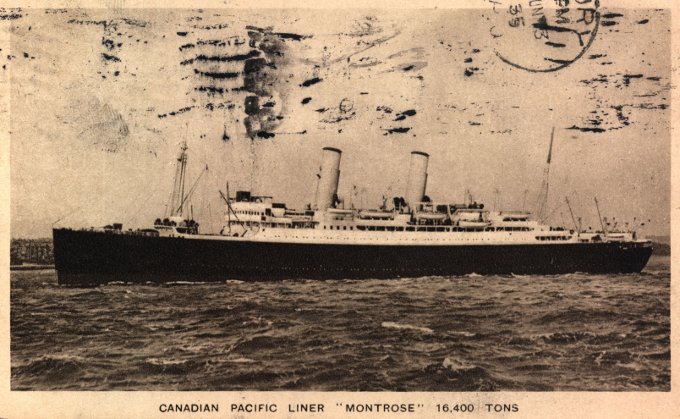
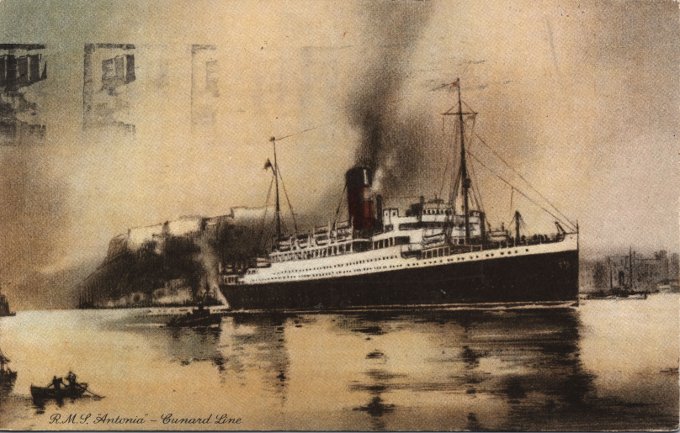
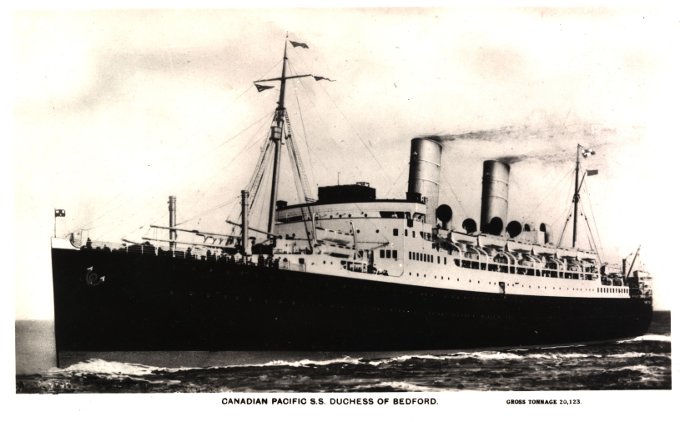
 Not all Battle Honours are equal in terms of the scale of action for which they were awarded. Some cover vast expanses of terrain and months or years of warfare, while others are defined by single dates and very restrictive geographical boundaries. When we look at the list of honours awarded to a regiment we may find Battle Honours that range from Theatre Honours to Separate Actions or Engagements.
Not all Battle Honours are equal in terms of the scale of action for which they were awarded. Some cover vast expanses of terrain and months or years of warfare, while others are defined by single dates and very restrictive geographical boundaries. When we look at the list of honours awarded to a regiment we may find Battle Honours that range from Theatre Honours to Separate Actions or Engagements.
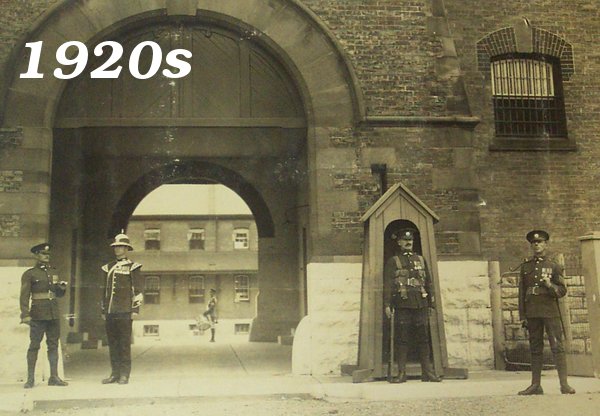
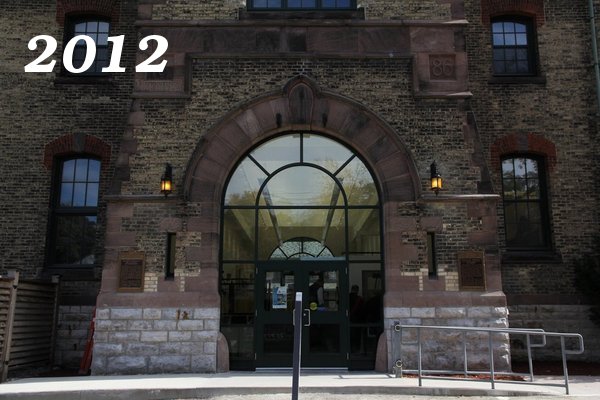
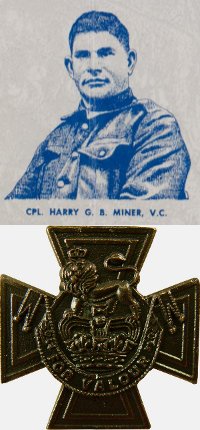 During the First World War,
During the First World War, 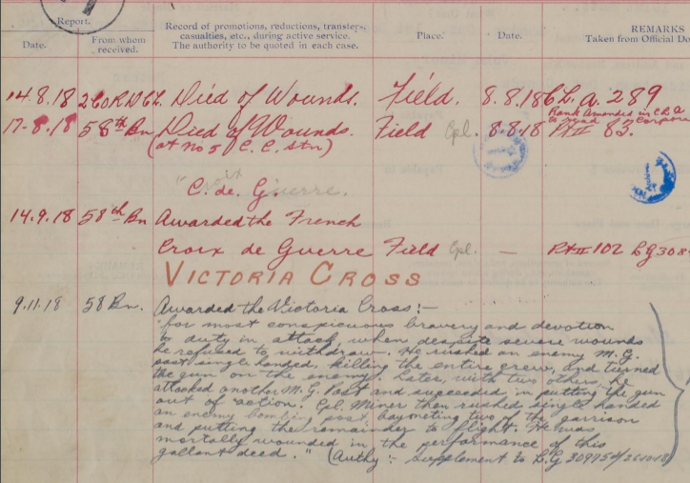

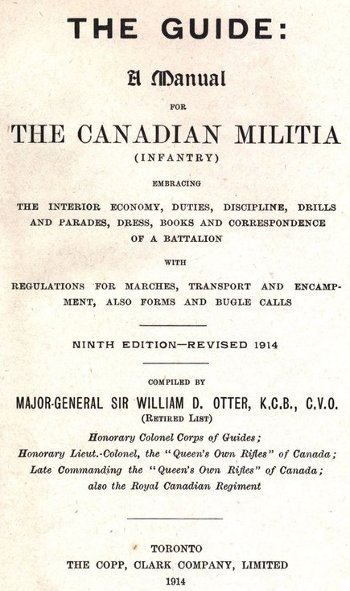 The Guide: A Manual for the Canadian Militia (Infantry); Compiled by Major-General Sir William D. Otter, K.C.B., C.V.O. (retired List) – Ninth Edition—Revised 1914
The Guide: A Manual for the Canadian Militia (Infantry); Compiled by Major-General Sir William D. Otter, K.C.B., C.V.O. (retired List) – Ninth Edition—Revised 1914
 Thus reads the opening paragraphs of the chapter covering the battle of
Thus reads the opening paragraphs of the chapter covering the battle of 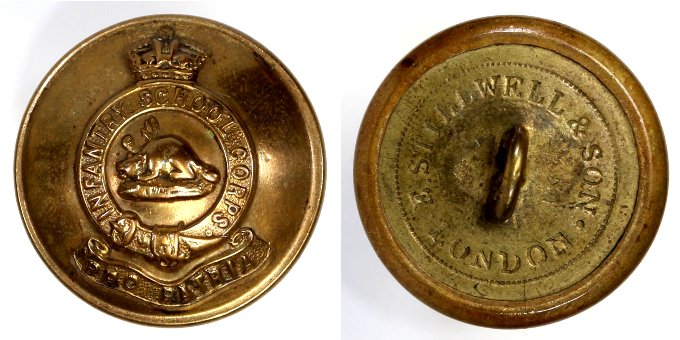

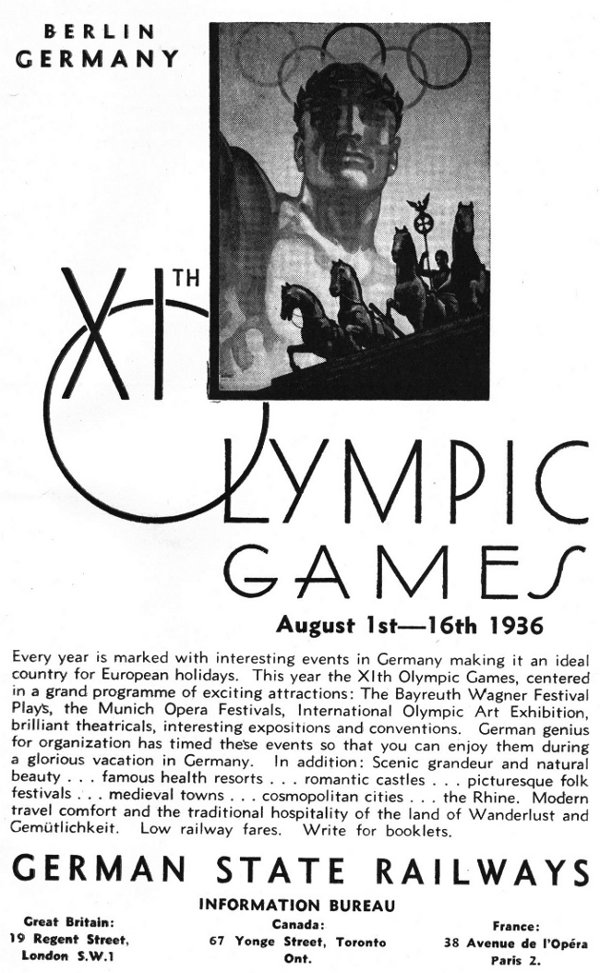
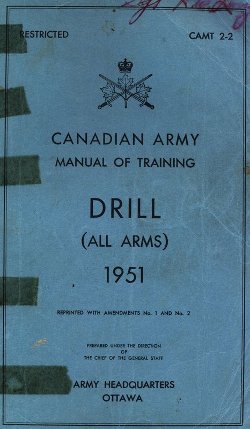 With stereotypical military attention to detail, the 1951 Canadian Army Manual of Training for Drill for all arms details the two fundamental physical movements which will comprise much of a drill instructor's attention and verbal repertoire when teaching new recruits:
With stereotypical military attention to detail, the 1951 Canadian Army Manual of Training for Drill for all arms details the two fundamental physical movements which will comprise much of a drill instructor's attention and verbal repertoire when teaching new recruits: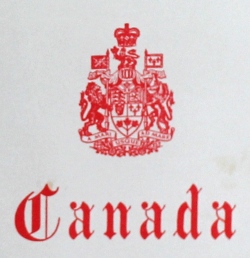


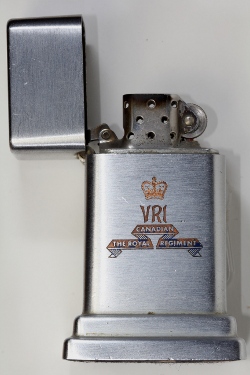 Twenty years ago, the Canadian Army, following Government direction, stopped smoking indoors. It may seem strange to many today who are too young to remember those days, but smoking was such an ingrained part of Canadian culture at the time that every office, every barrack room and every table in the messes featured an ashtray. Even for those who didn't smoke, the ready access to an ashtray needed to be provided for the many who did and expected the courtesy. Few items were more iconic than the ubiquitous round ashtrays in brown glass that were provided through the Canadian Forces Supply System, often seen overflowing with butts on the desks of heavy smokers.
Twenty years ago, the Canadian Army, following Government direction, stopped smoking indoors. It may seem strange to many today who are too young to remember those days, but smoking was such an ingrained part of Canadian culture at the time that every office, every barrack room and every table in the messes featured an ashtray. Even for those who didn't smoke, the ready access to an ashtray needed to be provided for the many who did and expected the courtesy. Few items were more iconic than the ubiquitous round ashtrays in brown glass that were provided through the Canadian Forces Supply System, often seen overflowing with butts on the desks of heavy smokers.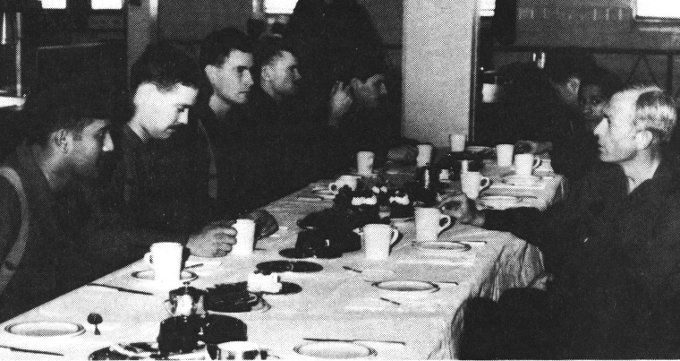
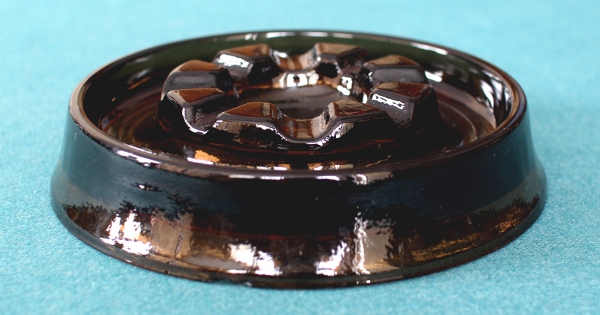
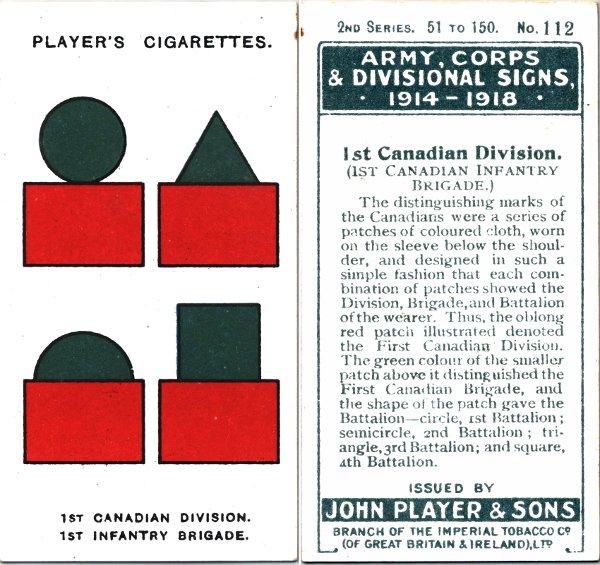
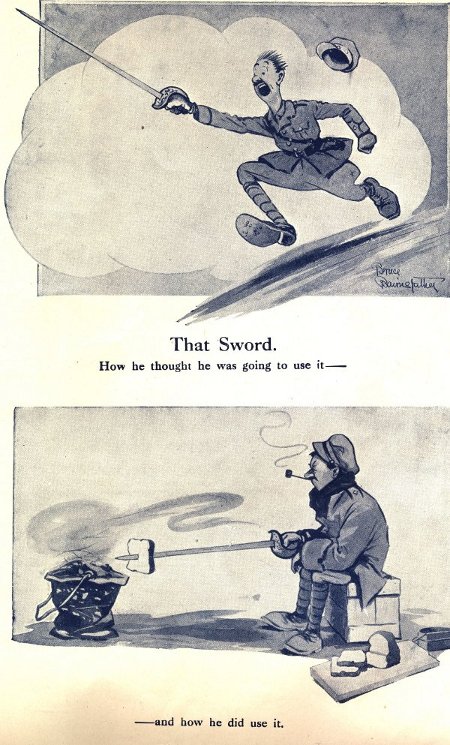
 CAMBRAI, 1918
CAMBRAI, 1918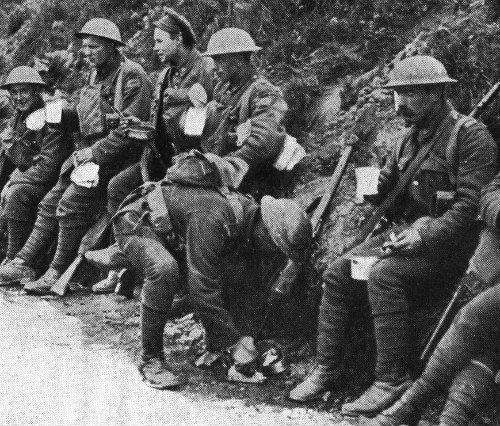
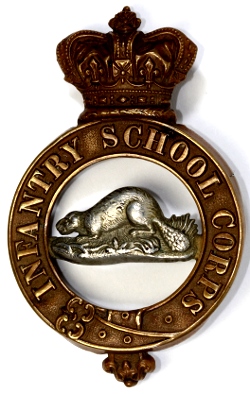 In December 1883, the Canadian Government authorized the creation of School Corps for the Infantry and Cavalry. The purpose of these schools was to maintain instructional cadres for the instruction of the Canadian Militia in a variety of skills. In time, the Cavalry School Corps would become the
In December 1883, the Canadian Government authorized the creation of School Corps for the Infantry and Cavalry. The purpose of these schools was to maintain instructional cadres for the instruction of the Canadian Militia in a variety of skills. In time, the Cavalry School Corps would become the 